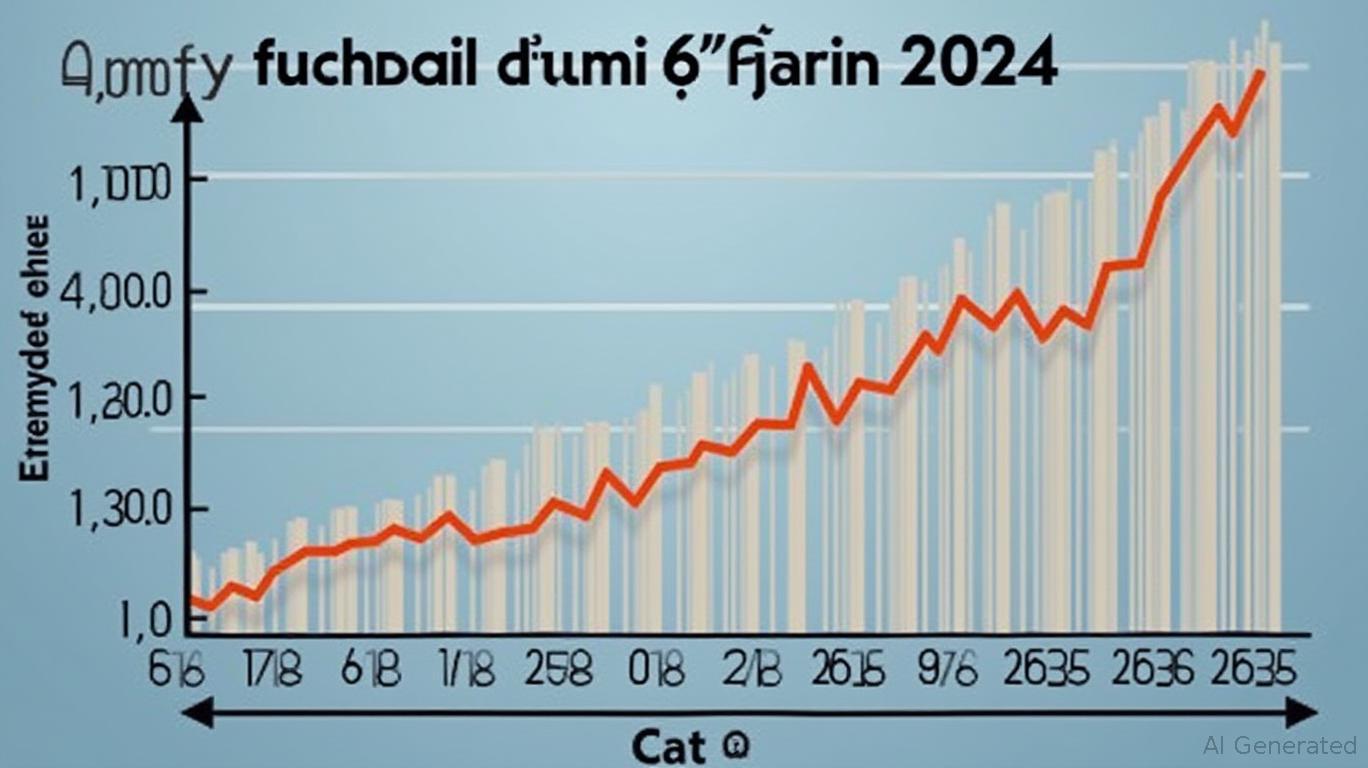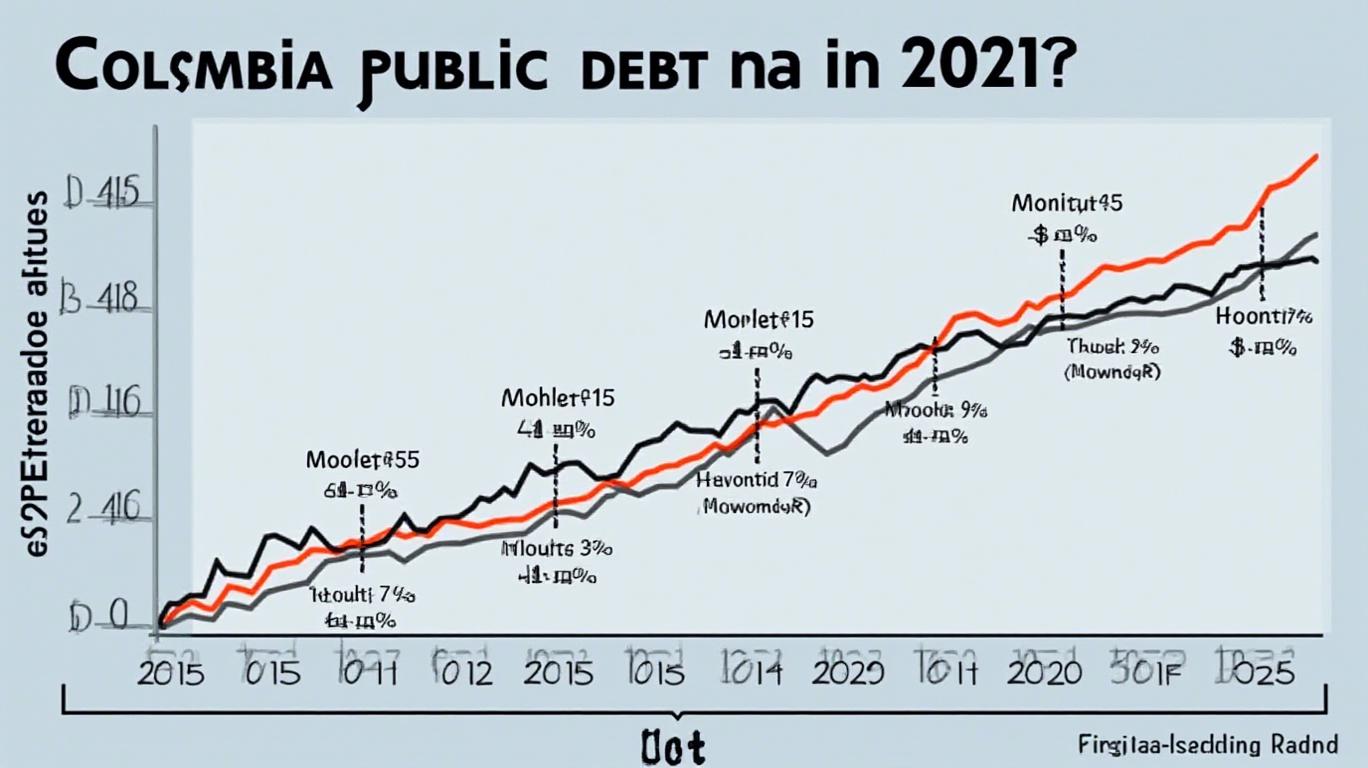IMF Suspends Colombia’s Flexible Credit Line: Procedural Hurdles Highlight Fiscal Risks
The International Monetary Fund (IMF) has placed Colombia’s access to its Flexible Credit Line (FCL) on hold, citing unresolved procedural requirements. While the suspension is not explicitly tied to fiscal mismanagement, the decision underscores deepening concerns over Colombia’s fiscal trajectory and governance. This move marks a critical juncture for investors evaluating the Andean nation’s economic stability and growth prospects.

The Suspension Context: Procedural vs. Fiscal Concerns
The IMF’s April 26 statement clarified that Colombia’s FCL eligibility—approved in April 2024—depends on completing two processes: its ongoing Article IV consultation (a biennial economic review) and a mid-term review of the FCL arrangement. The suspension arose because these steps remain incomplete, not because of explicit fiscal failures. However, the IMF’s April 18 staff report highlighted glaring fiscal challenges:
- Central government deficit: Swelled to 6.7% of GDP in 2024, exceeding 2023’s 4.2% and the medium-term target by 1.1 percentage points.
- Public debt: Rose to 61.3% of GDP by end-2024, driven by lower tax revenues and elevated spending.
While procedural delays triggered the suspension, the fiscal backdrop—marked by widening deficits and weak revenue collection—suggests deeper vulnerabilities.
Colombia’s Fiscal Crossroads
Colombia’s fiscal health has deteriorated amid global headwinds and domestic challenges. Key issues include:
1. Revenue Shortfalls: Tax receipts fell short of projections due to slower-than-expected economic activity and structural inefficiencies.
2. Expenditure Backlogs: Unpaid budgetary obligations reached 2.8% of GDP in 2024, straining liquidity.
3. Debt Dynamics: Public debt is projected to rise further if deficits persist, increasing borrowing costs amid a weaker peso and tighter global markets.
The government aims to reduce the deficit to 5.1% of GDP in 2025 through revenue reforms and expenditure controls. However, political gridlock and external risks—such as commodity price volatility—threaten progress.
Economic Outlook: Growth Amid Uncertainty
Colombia’s economy is projected to grow 2.5% in 2025, supported by domestic demand. Key drivers include:
- Private consumption: Strong consumer spending due to lower interest rates and rebounding real incomes.
- Fixed investment: Expected to rebound by 5.1% in 2025, led by machinery/equipment and housing.
However, risks loom large:
- Trade deficit: Widening to 2.7% of GDP in 2025 as imports outpace exports.
- Inflation: While cooling from 5.2% in late 2024 to a projected 4.35% in 2025, rigid sectors like education (+10.6%) and housing (+6.9%) could delay convergence to the 2–4% target.
Investment Implications
For investors, Colombia’s suspension from the FCL introduces both risks and opportunities:
Risks to Monitor:
- Fiscal Slippage: Failure to meet the 5.1% deficit target could worsen debt dynamics.
- Currency Volatility: The peso’s stability hinges on external flows and inflation trends.
- Sectoral Weaknesses: Mining (-5.9% y/y in Q4 2024) and financial services (-1.1% y/y) remain challenged, while construction faces headwinds.
Opportunities:
- Equity Plays: Sectors like retail (e.g., EXA Group) and real estate could benefit from rising private consumption and housing recovery.
- Fixed Income: Colombian bonds may offer yield premiums if fiscal reforms gain traction.
- Commodities: Oil and minerals remain key export earners, though global demand and pricing pressures are risks.
Conclusion: A Delicate Balance
Colombia’s suspension from the IMF’s FCL is a wake-up call. While procedural delays triggered the move, the underlying fiscal fragility—evident in the 6.7% deficit and 61.3% debt—poses a more profound threat. Investors must weigh the government’s commitment to fiscal consolidation against external shocks and political hurdles.
The path forward hinges on three critical factors:
1. Completing IMF Reviews: Finalizing the Article IV consultation and mid-term review by mid-2025 is non-negotiable.
2. Fiscal Discipline: Achieving the 5.1% deficit target through structural reforms—not just austerity—will be key to rebuilding credibility.
3. External Resilience: Managing trade deficits and commodity price risks while maintaining reserve buffers (currently at 130% of IMF adequacy) will stabilize the economy.
For now, Colombia remains a “wait-and-see” market. Investors should prioritize sectors tied to domestic consumption and watch fiscal indicators closely. If reforms falter, the peso and debt markets could face renewed pressure—a stark reminder that fiscal rigor, not just procedural boxes, determines long-term stability.



_23f7f7eb1749627884277.png)














